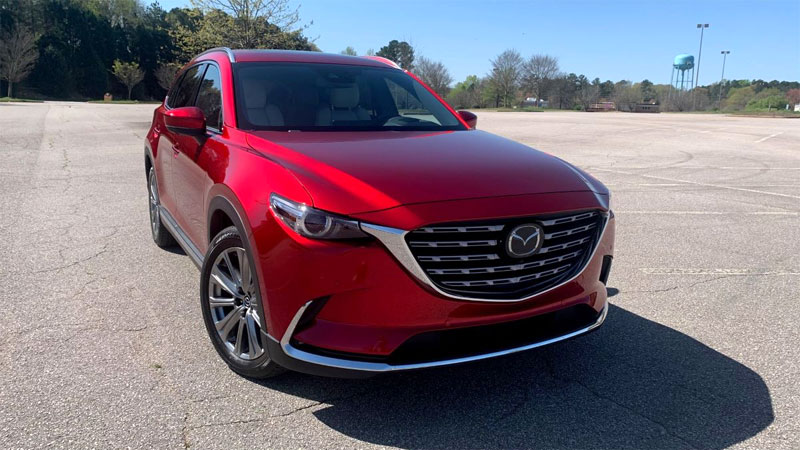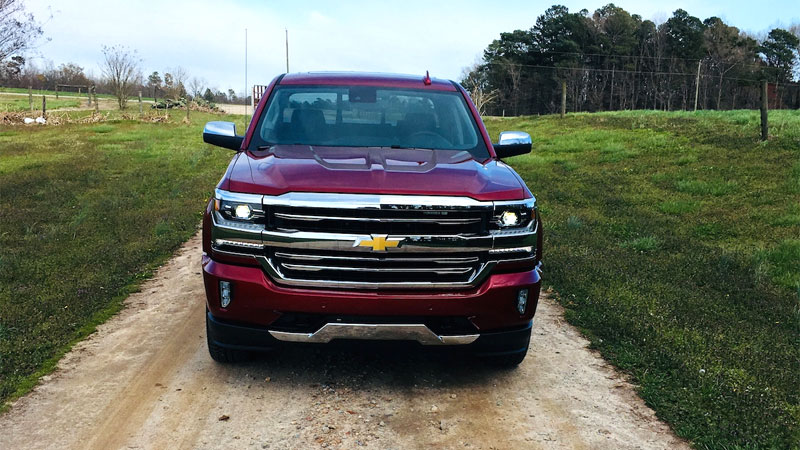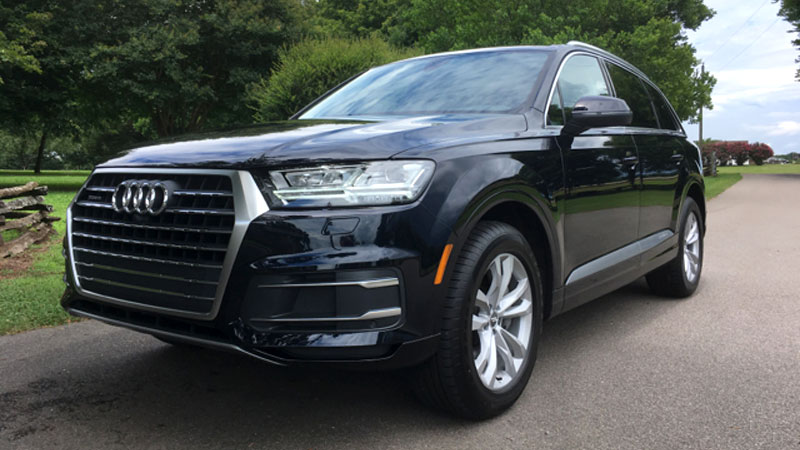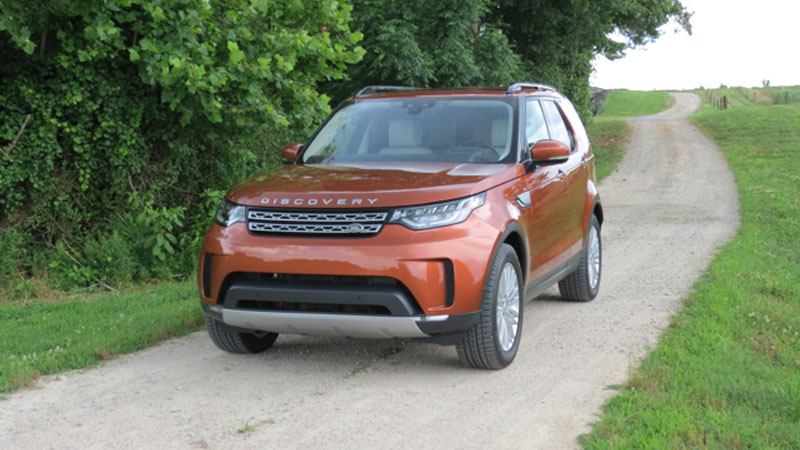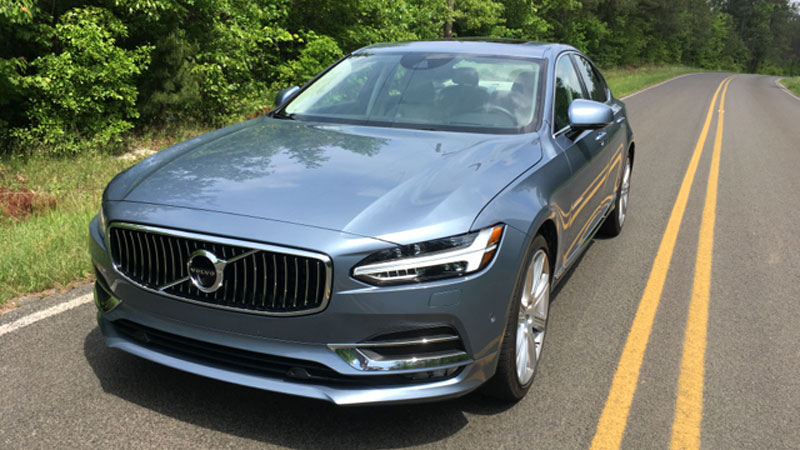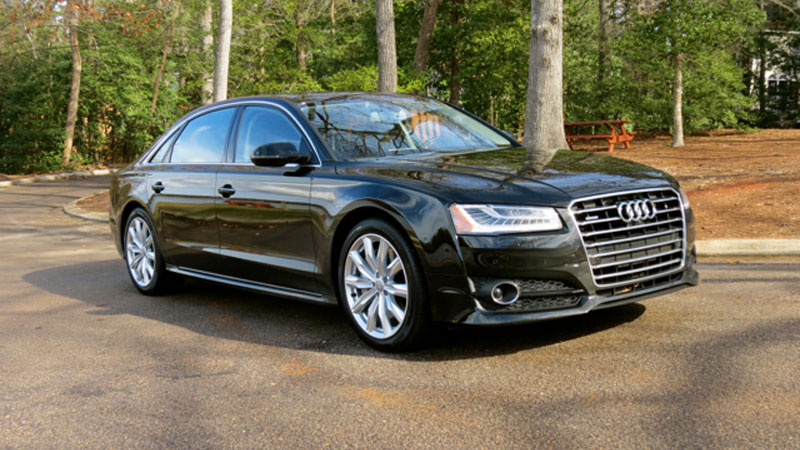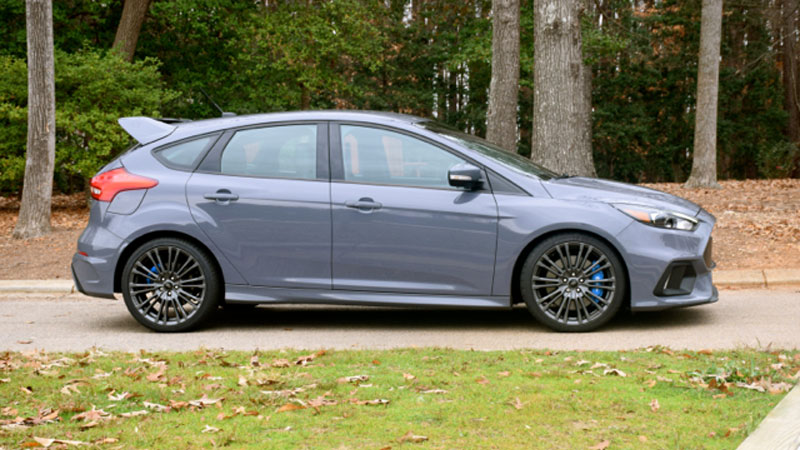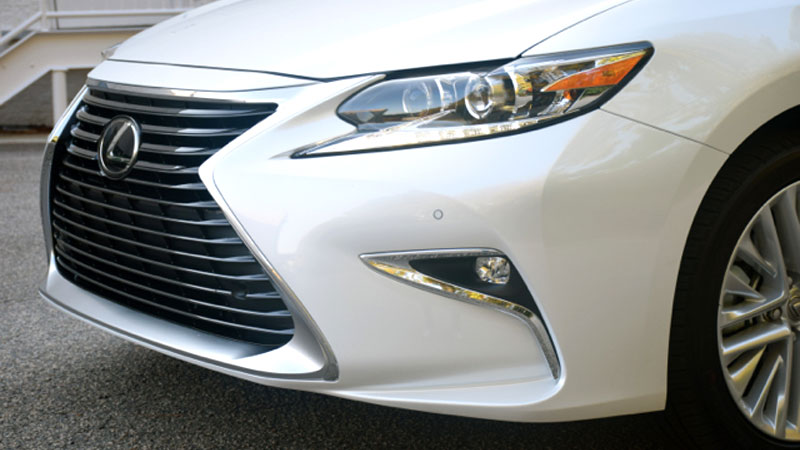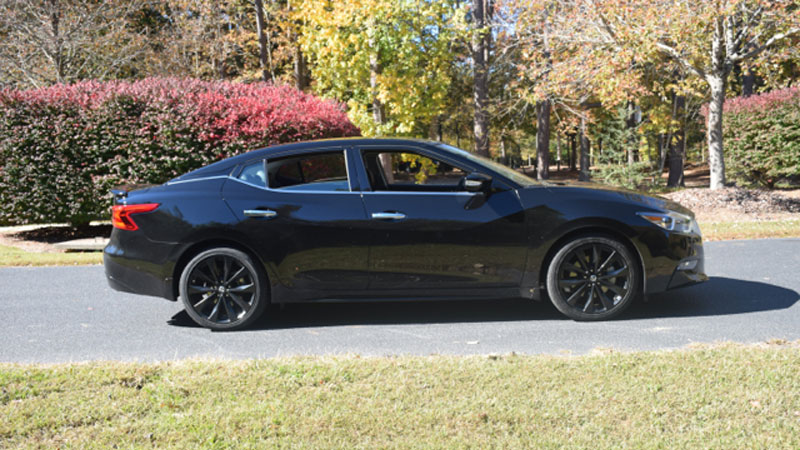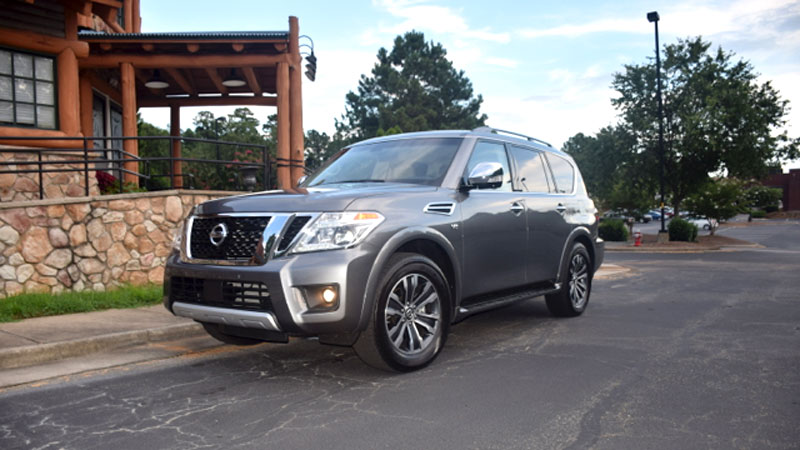Premium and Elegant: The 2021 Mazda CX-9
The Mazda CX-9 remains one of the better models in its class. Mazda doesn’t get the attention some of the bigger automakers receive unless it’s the MX-5 Miata roadster. That’s a shame as this Japanese manufacturer has long been the styling leader in a sea of nondescript models. Even as … Read more

